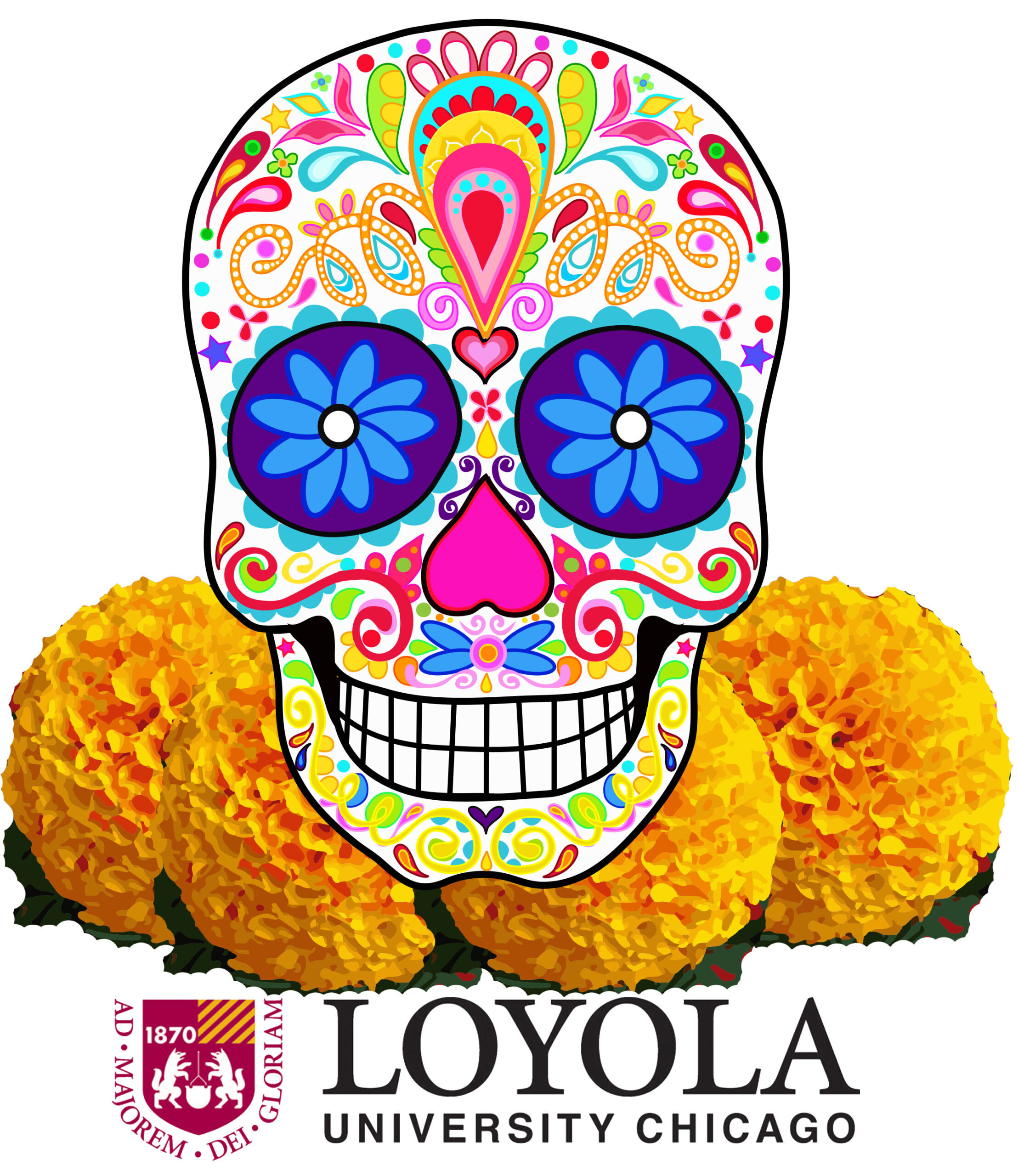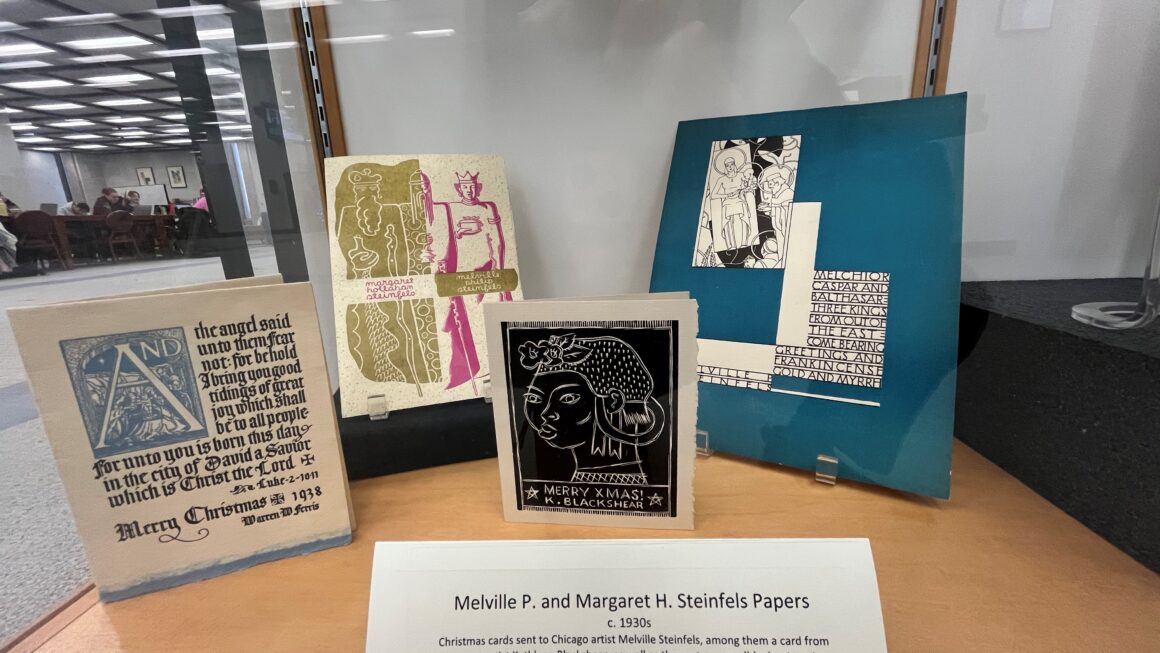Join the Loyola University Chicago Libraries and Arrupe College in remembering and honoring lost loved ones with our very first virtual interactive altar. We invite you to add names and images of loved ones here.
Día de los Muertos (Day of the Dead) is a holiday celebrated throughout Mexico and Latin America on November 1 and 2. Throughout Day of the Dead, individuals commemorate and honor the memory of their family and friends who are no longer with us. The roots of the Day of the Dead, celebrated in contemporary Mexico and among those of Mexican heritage in the United States and around the world, go back some 3,000 years, to the rituals honoring the dead in pre-Columbian Mesoamerica. The Aztecs and other Nahua people living in what is now central Mexico held a cyclical view of the universe, and saw death as an integral, ever-present part of life.
On the Day of the Dead, it is believed that the border between the spirit world and the real world dissolve. Living family members treat the deceased as honored guests in their celebrations, and leave the deceased’s favorite foods and other offerings at gravesites or on the ofrenda (altars) built in their homes. Ofrenda/Altars are decorated with candles, bright marigolds called cempasuchil and red cockscombs alongside food like stacks of tortillas and fruit.
The most recognizable symbols related to the Day of the Dead are calacas (skeletons) and calaveras (skulls). In the early 19th century, the printer and cartoonist José Guadalupe Posada reenvisioned Mictecacíhuatl, the Aztec goddess of the underworld, as a female skeleton known as La Calavera Catrina, now the most recognizable Day of the Dead icon.
In Guatemala, another popular tradition that takes place during the Day of the Dead is the Kite Festival, many are held across the country in big, open spaces where people gather to show off their kites, lift them up, and make them compete to honor the dead. Kite Festivals in Guatemala are unique due to the size of the kites. People spend all year long building them and coming up with the design, many of which are 40 feet or larger. The spectacular displays fill the air over cemeteries across the country.
In recent years, the tradition has developed even more due to its visibility in popular culture and its growing popularity in the United States. Though the particular customs and scale of Day of the Dead celebrations continue to evolve, the heart of the holiday has remained the same over thousands of years. It is an occasion for remembering and celebrating those who have passed on from this world, while at the same time portraying death in a more positive light, as a natural part of the human experience.
For additional information on Día de los Muertos in Chicago, check out the National Museum of Mexican Art in the Pilsen neighborhood.



